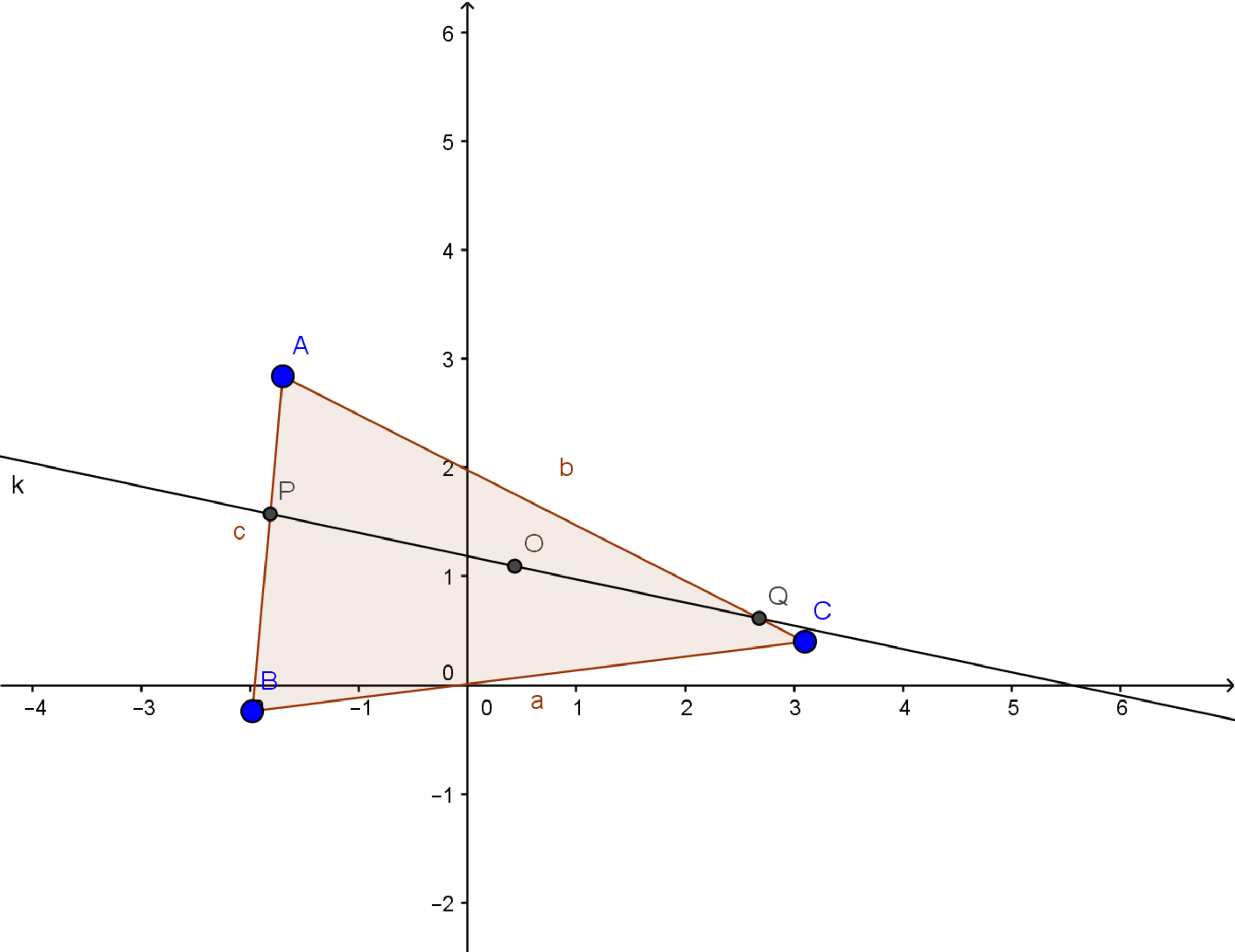Weird construction
Given a triangle with circumcenter , how many moves does it take to draw a line through where intersects and at , such that ?

All terminology in this question is explained in the first note of my straightedge and compass set. More straightedge and compass constructions can be found there.
This section requires Javascript.
You are seeing this because something didn't load right. We suggest you, (a) try
refreshing the page, (b) enabling javascript if it is disabled on your browser and,
finally, (c)
loading the
non-javascript version of this page
. We're sorry about the hassle.
I'm not sure if there's a shorter solution